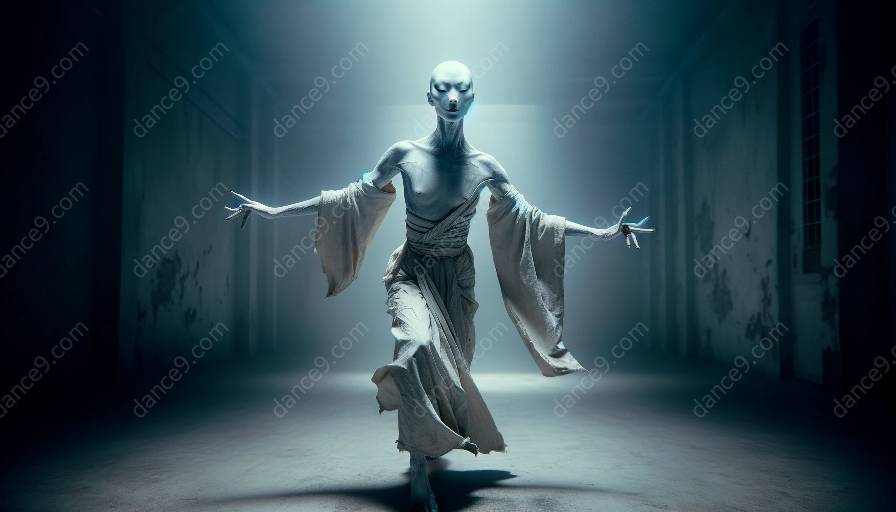Introduction to Butoh
Butoh is a unique form of Japanese dance theater that has attracted attention worldwide for its avant-garde and unconventional approach to movement and performance. Originating in post-World War II Japan, Butoh emerged as a response to the cultural and social upheaval of the time. In this article, we will delve into the cultural contexts and symbolism that underpin the art of Butoh and explore how these elements can enrich your understanding of dance classes and performance.
Historical and Cultural Context
To truly appreciate the symbolism in Butoh, it is essential to understand its historical and cultural context. Butoh arose in Japan during a period of significant change and disillusionment. The aftermath of World War II and the rapid modernization of Japanese society led to a sense of alienation and disconnection. Butoh, as an art form, emerged as a response to these societal shifts, embodying a deep sense of rebellion and a desire to reconnect with primal and elemental aspects of humanity.
Symbolism in Butoh
Butoh is characterized by its striking and often grotesque imagery, which is laden with symbolic meaning. The movements and gestures in Butoh are often distorted and exaggerated, reflecting an exploration of the body as a site of transformation and catharsis. Symbolism in Butoh is drawn from a diverse range of sources, including traditional Japanese folklore, mythology, and religious iconography. This amalgamation of symbolic elements imbues Butoh with a rich tapestry of meaning, allowing performers and audiences to connect with universal themes of existence, mortality, and the human condition.
Integration into Dance Classes
The study of Butoh's cultural contexts and symbolism can greatly enrich dance classes by challenging students to explore unconventional and deeply expressive movement. By incorporating elements of Butoh into dance classes, instructors can encourage students to transcend traditional techniques and delve into the emotional and symbolic dimensions of movement. The unique perspective offered by Butoh can inspire students to tap into their inner emotional landscapes, fostering a more profound and introspective approach to dance.
Conclusion
Cultural contexts and symbolism form the bedrock of Butoh dance, offering a profound and evocative lens through which to understand the human experience. By uncovering the historical and cultural roots of Butoh and delving into its intricate symbolism, it becomes clear how this art form can enhance dance classes with its deeply expressive and transformative potential.













































































